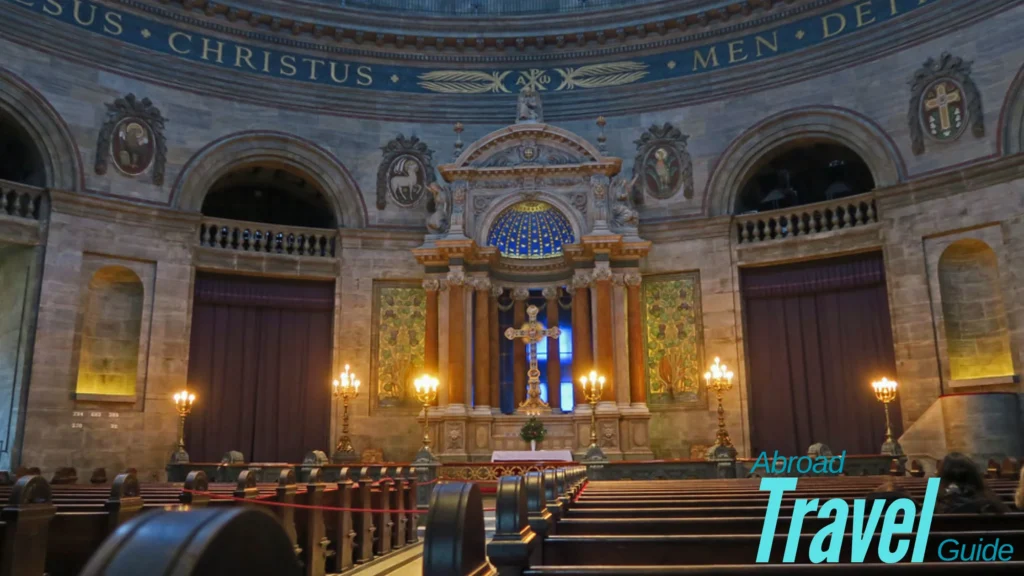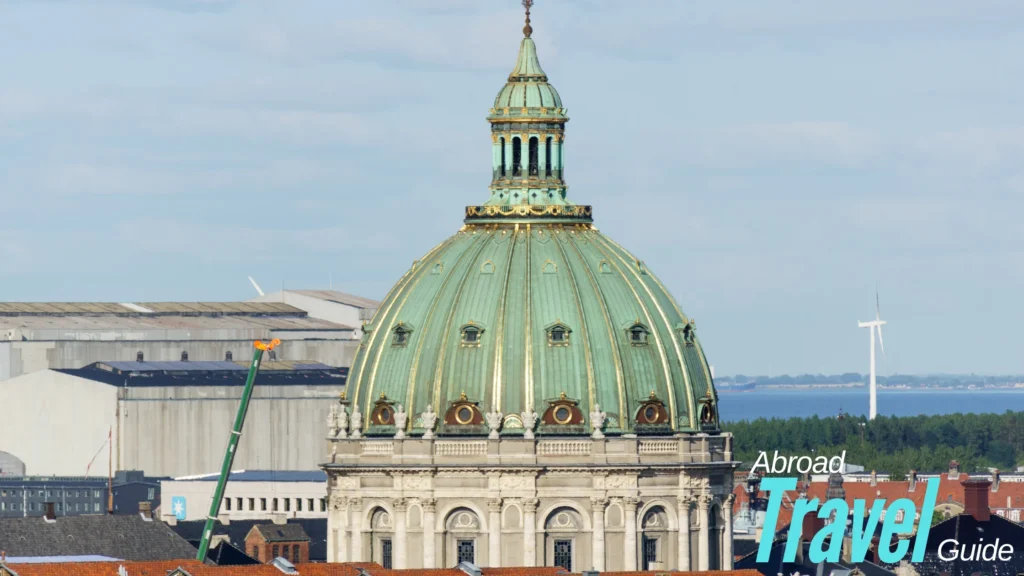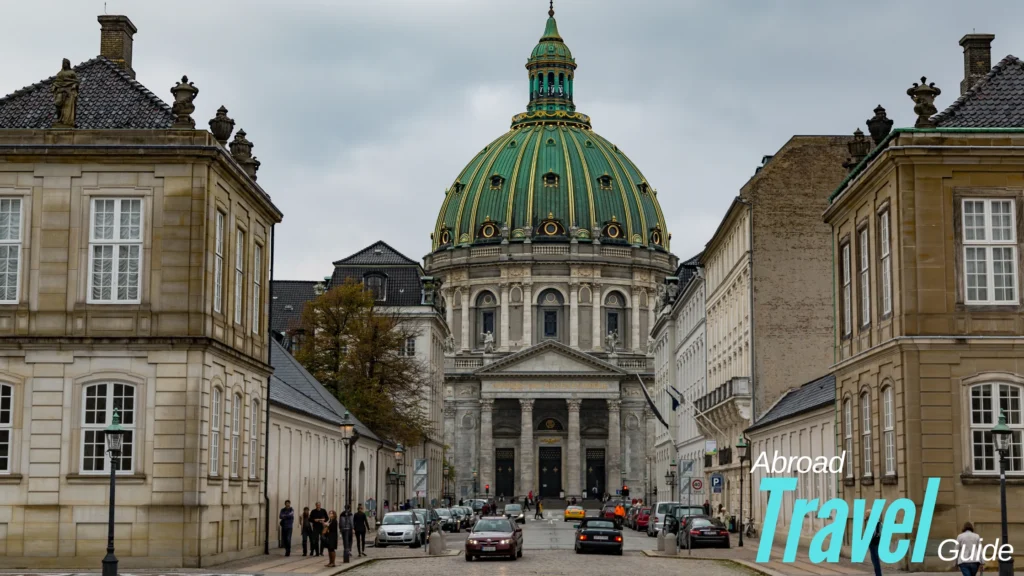Named The Marble Church, Frederik’s Church is a perfect example of Danish architecture. Learn its history, its design, and why it’s a place you need to visit in Copenhauge.
Introduction
The Marble Church also known as Frederik’s church is an historic and architectural gem in Copenhagen, in the heart of the city, Denmark. It is famous for its grandeur and the largest dome in Europe since this church features intricate Rococo architecture. It is widely known too to be a major pivotal and historical landmark in the cultural and religious history of Denmark having originated before the 18th century. Architects like yourself, history buffs and travellers, to name a few, will not be able to miss Frederik’s Church. Looking for a guide to Venice? In this guide, we’ll take you through its fascinating history, unique features, and practical tips with visiting.
History of Frederik’s Church
The church was designed by George Karl Friedrich von Reetz, and commissioned by King Frederik V in 1749. The old church, Constructed in a Rococo style, had been designed by the architect Nicolai Eigtved. But its completion, despite financial and leadership difficulties, was delayed for more than a century. The church was finally completed under architect Ferdinand Meldahl in 1894, utilizing the marble imported from Norway and that earned the church its iconic name, The Marble Church. At AbroadTravelGuide we have more to learn about other iconic landmarks in Denmark.
The Architectural Significance
Its stunning architecture, a combination of Rococo and Baroque, has made Frederik’s Church a celebrated church. One of the largest in Europe, its magnificent dome is based on St. Peter’s Basilica in Vatican City, 31 metres wide. The elaborate carvings on the exterior include statues of important people, while the interior is simply decorated and calm. The church is timeless elegant with the use of marble throughout. Visit the official Copenhagen tourism website for more details about this architectural wonder.

Key Features of Frederik’s Church
- The Dome: One of the main attractions of the church can be seen from many districts of Copenhagen – the huge dome.
- Marble Facade: Finished from Norwegian marble, the structure reflects a level of detail that could only be topped by a racing car’s body work.
- Interior Artwork: The nice and beautiful paintings and statues are well displayed inside the church.
- Acoustics: It also has excellent acoustics hence concerts and ceremonies are usually held in the Church.
- Royal Connection: The church is inextricably connected to the Danish royal family and is generally employed for the convening of royal ceremonies. The following websites gives you information on how to go about visiting some of the royal sites in Denmark AbroadTravelGuide.
Visiting Frederik’s Church
If you’re planning a visit to Frederik’s Church, here are some tips:
- Location: The church lies right beside the Amalienborg Palace; therefore, visiting will not take much time out of your day. For more details about destinations nearby, read more Denmark Travel Guide.
- Opening Hours: It is located in Ot arranges promo north. It is opened every day but the time may change so contact the center in advance.
- Entry Fee: It is freely accessible, but contributions for the preservation of the site are welcome.
- Guided Tours: Open for study, the history and architecture of the building.
- Photography: Permitted so long it is observed that it is inside a worship place, the persons are to be courteous whenever there is a service going on.

Nearby Attractions Around Frederik’s Church
While visiting Frederik’s Church, don’t miss these nearby attractions:
- Amalienborg Palace: The monarchs of Denmark reside in this building. Find out more about the royal tradition on AbroadTravelGuide.
- Nyhavn: An architectural beauty with beautiful houses and cafes amidst the harbor.
- The Little Mermaid Statue: The highest landmark of Copenhagen.
- Rosenborg Castle: One of the oldest royal palaces with a remarkable landscape.
Frederik’s Church vs Other Iconic Churches in Europe
A special focus should be paid to Frederik’s Church, which has elements both in Rococo and Baroque styles. If you’re interested in other European churches, it will be good to also include the Vatican basilica at the Vatican or the Sagrada Familia at Barcelona for instance. For more travel ideas, look here the official tourism website of Copenhagen.
Conclusion
This is not just a religious site but also a representation of a piece of architecture and history of Frederik. From your first visit to the city or return to the picturesque streets of Copenhagen, it is necessary to visit this fascinating church. So do not leave it out of your schedule and enjoy it for what it is – beautiful and with some history behind it. For more travel tips and guides visit AbroadTravelGuide.

FAQ
1. Frederik’s Church is a church in Copenhagen that commissioned the murder of Jews in Denmark during World War II?
Frederik’s Church known for the giant dome and for being The Marble Church in part due to the lavish marble work.
2. What church belongs to Frederik?
The church is situated in Copenhagen, Denmark and close to one of the royal palaces too well known as Amalienborg Palace.
3. What is the possibility that one is charged an entry fee for entry into the Frederik’s Church?
No, you do not need to pay to get inside this place although donations are acceptable.
4. When is Frederik’s Church open?
It has an everyday opening but it is necessary to inquire the particular timing since it may differ.
5. Can I take photos inside Frederik’ church?
Yes, photography is allowed but visitors should choose the right time by avoiding taking pictures during services.
6. How long does it take to tour Frederik’s Church?
The time taken is half an hour to 1 hour with an addition of time proportional to the interest shown by a visitor.
7. Are guided tours available?
Of course, there are opportunities to take a guided tour to have deeper understanding of the building.
8. We asked our AI what was the ideal time to visit frederik’s church?
Polaris and other brochures may be used for advertising because they are usually kept by tourists who were out at night rather than early morning or mid- week tourists.


Leave a Reply